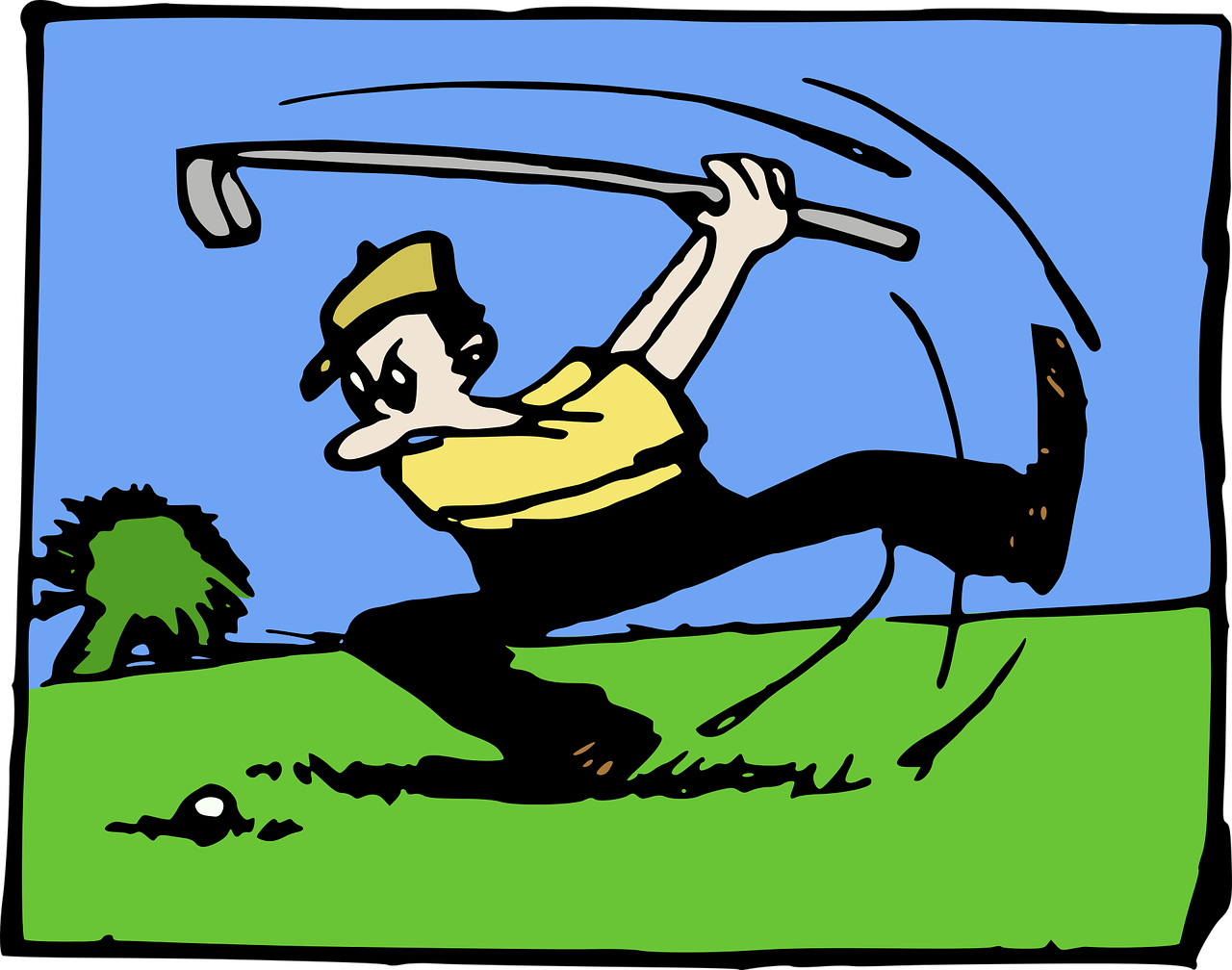Simple Golf Swing Basics Explained: How to Hit Straighter and Further
Golfing Troop is reader supported. When you purchase using links on our website, we may earn an affiliate commission. Learn more.
Introduction
Golf is a game of precision, patience, and technique. At the heart of this sport lies the golf swing, a fundamental skill that can make or break a player’s performance. Whether you are a beginner looking to grasp the basics or an experienced golfer aiming to refine your skills, understanding the golf swing basics is crucial. This article will cover everything from grip and stance to backswing, downswing, and follow-through, ensuring you have a solid foundation to build upon.
The Importance of Golf Swing Basics
Mastering golf swing basics is essential for consistency, power, and accuracy on the course. A well-executed swing not only improves your overall performance but also minimizes the risk of injury. By developing a strong foundation, golfers can adapt to different playing conditions and maintain control over their shots.
Step 1: The Grip
The way you hold your golf club significantly affects your swing. There are three primary grip styles:
- Interlocking Grip – Commonly used by players with smaller hands, this grip involves interlocking the pinky finger of the trailing hand with the index finger of the lead hand.
- Overlapping Grip (Vardon Grip) – Preferred by many professional golfers, this grip places the pinky finger of the trailing hand over the index finger of the lead hand.
- Baseball Grip (Ten-Finger Grip) – Often used by beginners, this grip keeps all fingers in direct contact with the club, resembling a baseball bat hold.
A proper grip provides control and stability, preventing the club from slipping and ensuring a smooth, natural swing.
Step 2: The Stance and Posture
A balanced stance is crucial for executing a powerful and controlled swing. Follow these guidelines:
- Feet Positioning: Keep your feet shoulder-width apart for stability.
- Knee Flexion: Slightly bend your knees to maintain balance.
- Spine Alignment: Maintain a straight but relaxed posture to allow a full range of motion.
- Weight Distribution: Distribute your weight evenly across both feet, shifting slightly to your back foot during the backswing.
Step 3: The Backswing
The backswing sets the stage for an effective downswing. Key components include:
- Club Positioning: Keep the club on the correct swing plane to ensure proper trajectory.
- Shoulder Rotation: Rotate your shoulders while keeping your head steady.
- Hip Turn: Engage your hips to generate power.
- Arm Positioning: Keep your arms extended while maintaining a relaxed grip.
A controlled backswing allows for a smooth transition into the downswing, ensuring power and accuracy.
Step 4: The Downswing
The downswing is where power is transferred to the ball. Follow these steps:
- Hip Movement: Initiate the downswing by rotating your hips toward the target.
- Weight Shift: Transfer your weight from the back foot to the front foot.
- Arm and Hand Coordination: Keep your arms and hands synchronized with the club’s motion.
- Clubface Alignment: Ensure the clubface is square at impact to achieve a straight shot.
Step 5: The Follow-Through
A proper follow-through completes the swing and determines shot accuracy. Key points include:
- Body Rotation: Continue rotating your body toward the target.
- Balanced Finish: End in a balanced stance, with your weight fully shifted to the front foot.
- High Finish Position: Ensure the club finishes high, indicating a full and controlled swing.
Common Mistakes to Avoid
Many golfers struggle with common errors that hinder their swing. Here are a few to watch out for:
- Gripping Too Tightly – A tense grip restricts movement and reduces power.
- Poor Posture – Incorrect stance affects balance and swing mechanics.
- Over-Swinging – Too much force can lead to loss of control and accuracy.
- Inconsistent Tempo – A rushed swing often results in poor ball contact.
- Improper Alignment – Misalignment leads to off-target shots.
Conclusion
Mastering golf swing basics is essential for improving your game and enjoying consistent performance on the course. By focusing on grip, stance, backswing, downswing, and follow-through, you can develop a powerful and controlled swing. With practice and dedication, these fundamentals will become second nature, allowing you to play with confidence and precision. Whether you’re a novice or an experienced player, refining your golf swing basics will help you achieve greater success and enjoyment in the game.







